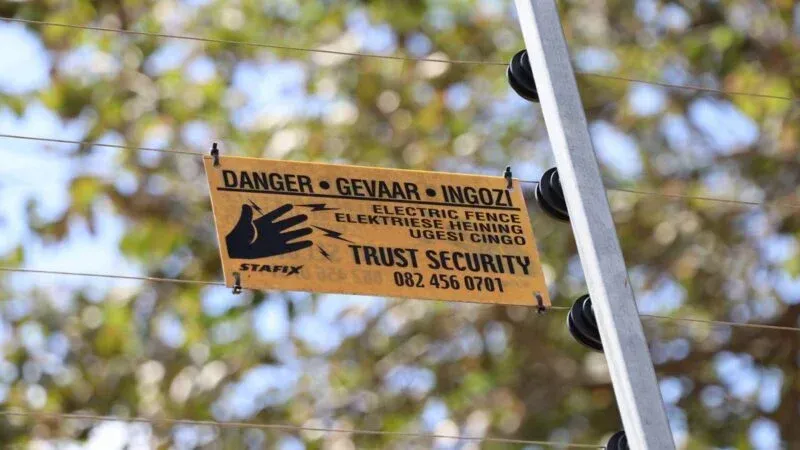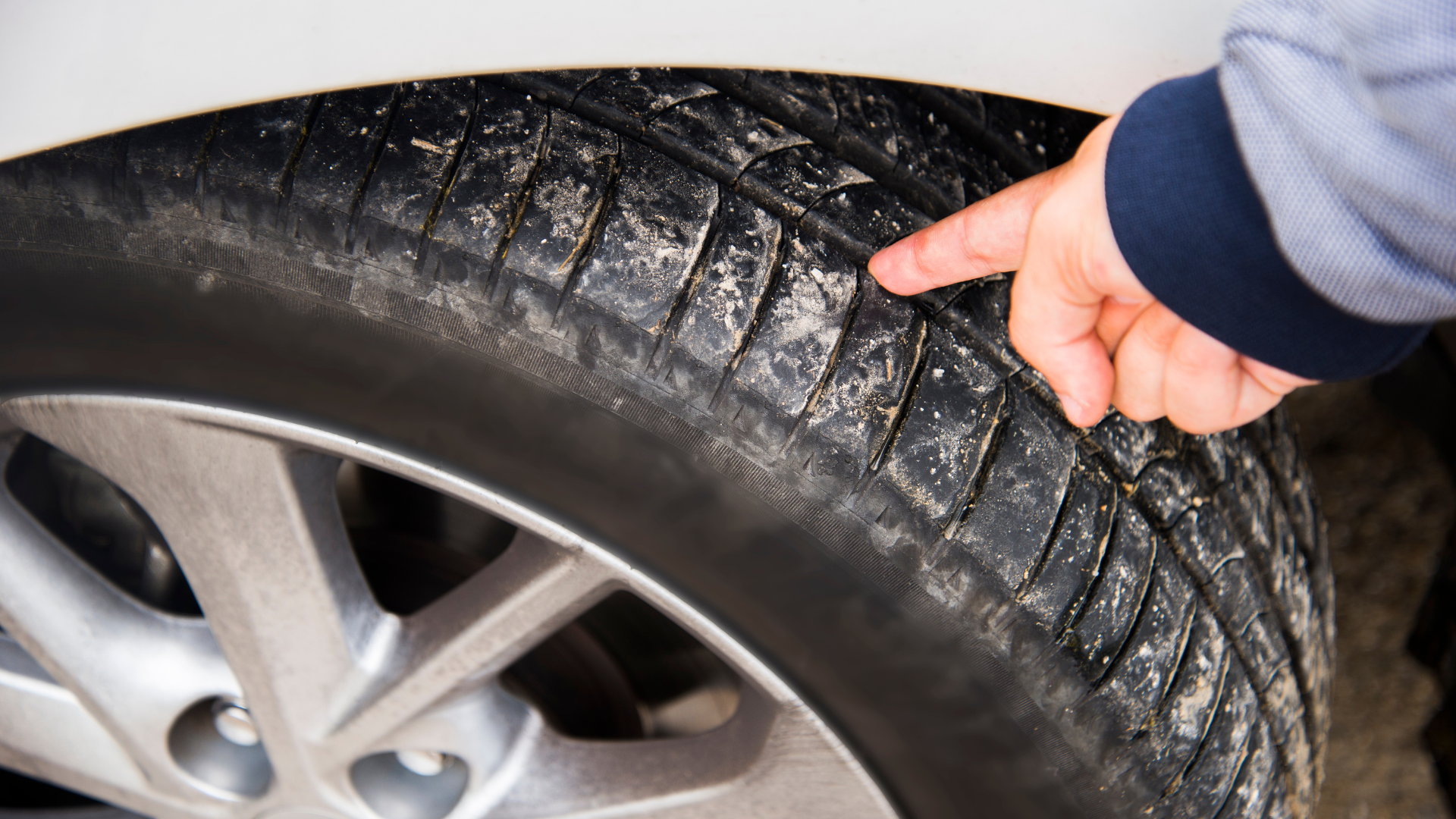Important information for people with electric fences in South Africa
The South African Bureau of Standards (SABS) published new safety regulations for electric fences nearly two years ago, and while not widely publicised, they are being enforced to some extent.
Fidelity Services Group’s head of marketing communications, Charnel Hattingh, told MyBroadband that some aspects of the regulations are not being met.
“They are being enforced from an installer perspective. However, there is currently no outside body doing inspections and validating that the standards are being met,” she said.
“This is a topic currently being discussed.”
The latest prescribed safety standards for electric fences set new requirements for material quality, warning signage, installation, and maintenance.
Regarding maintenance, the protocols require regular inspections to ensure electric fences remain in safe working condition.
Hattingh told MyBroadband that two separate inspections are required, one monthly and the other quarterly.
“This is aimed at doing a visual inspection and corrective maintenance to ensure the fence remains operational and within the guidelines of these standards,” she said.
“It is, however, the responsibility of the fence owner to get a certified person out to do these inspections.”
The standard also stipulates enhanced testing methods to verify the functionality and safety of the electric fence systems after installation.
Douglas Deerans, the manager at security company Gido Group, previously told MyBroadband that the standard also specifies higher-grade materials for components like wires and insulators to enhance durability and safety.
However, Hattingh told MyBroadband that this shouldn’t impact end users who procure their electric fencing equipment through any of the mainstream suppliers in South Africa, as their products meet this requirement.
The revised standards, published under SANS 10222-3: 2023 Edition 5.1, included several updates affecting electric fences for residential properties, domestic pet control, strip grazing, and game control.
They include several fundamental changes for electric fence systems.
Deerans told MyBroadband that the standards include new requirements for placing warning signs along electric fences.
The maximum distance between signs remained 10 meters in urban areas. However, the revised regulations stipulate that they must also be placed over all gates and at the corners of a property.
This includes vehicle and pedestrian gates.
He also said the standards include more detailed instructions for the proper grounding and earthing of electric fences, which aim to prevent electrical hazards.
They stipulate that conduits are required for the cabling from the fence to its earth spikes and that these cables may not be buried.
“These updates focus on improving overall safety and ensuring better performance of electric fence systems,” said Deerans.

Insurance warning
Deerans said ensuring compliance is critical for insurance purposes.
He shared an example of an incident where an insurance company rejected a claim involving damage to an electric fence as the owner did not have a certificate of compliance (CoC), nor did they have a surge protector installed.
However, Deerans warned that while a CoC is important, many insurance companies will conduct further investigations to ensure a system is up to standard, regardless of whether the owner has a CoC.
When a customer cannot produce a certificate and their electric fence installation is not up to standard, there is a good chance their claims will be rejected.
While South Africa’s legislation for non-lethal electric fences originated in the 1980s, they were largely unregulated until March 2011.
On 25 March 2011, the South African government published changes to the Electrical Machinery Regulations within the Occupational Health and Safety Act to better regulate non-lethal electric fence systems.
They aimed to not only safeguard the public against potentially dangerous systems, but also to eliminate telephone, TV, and wireless interference caused by dodgy earthing and poorly-installed systems.



